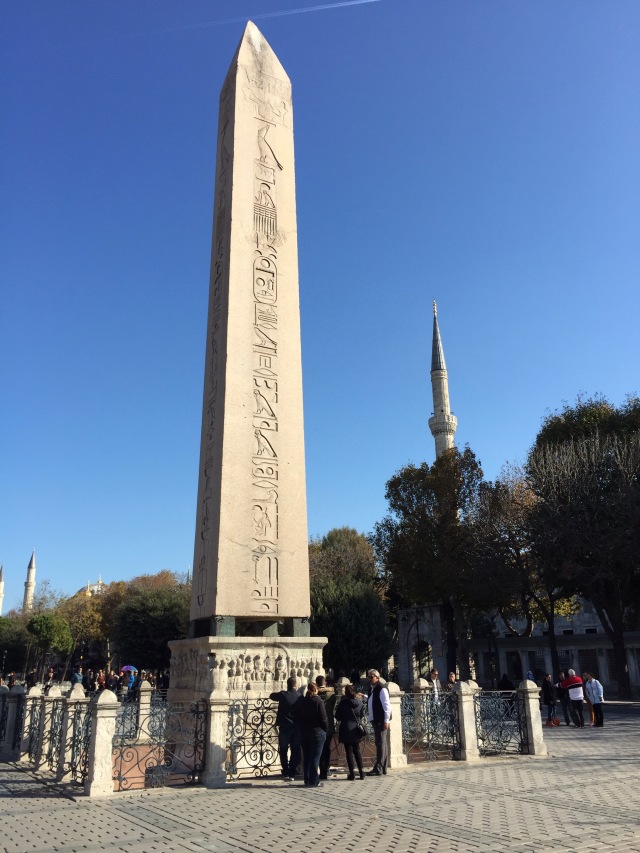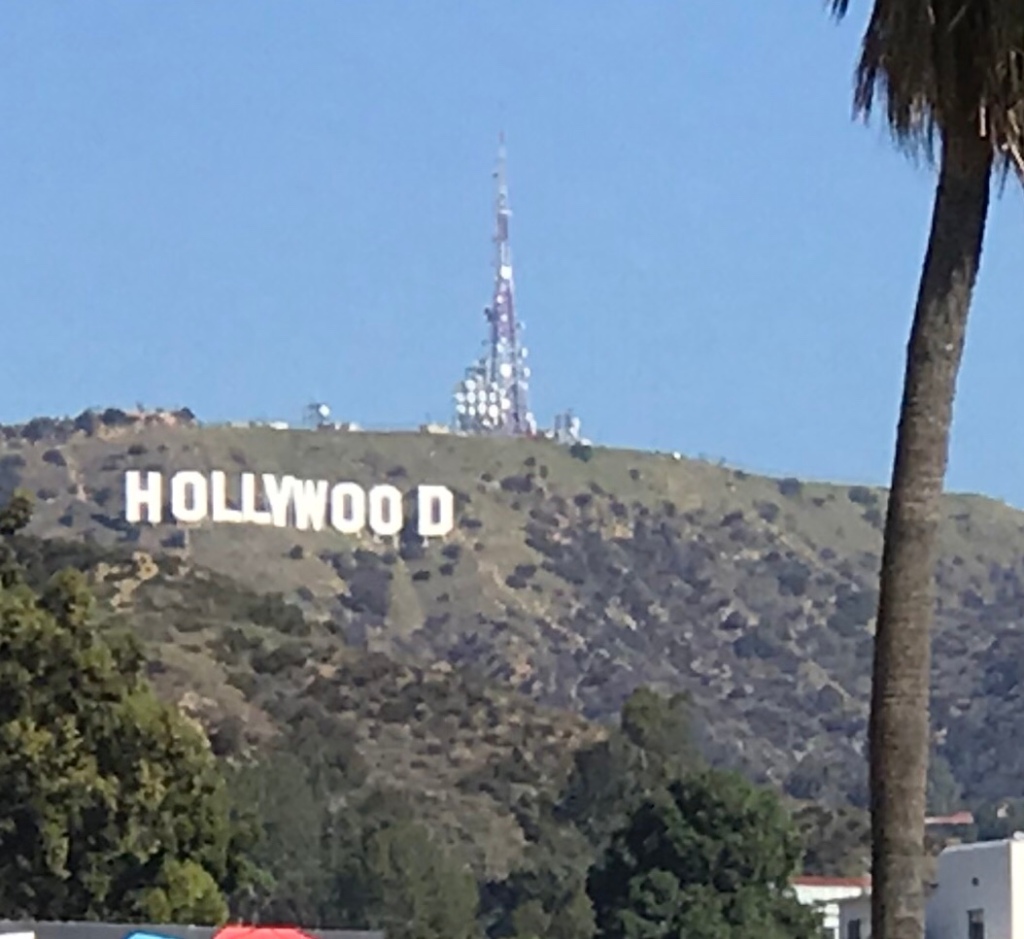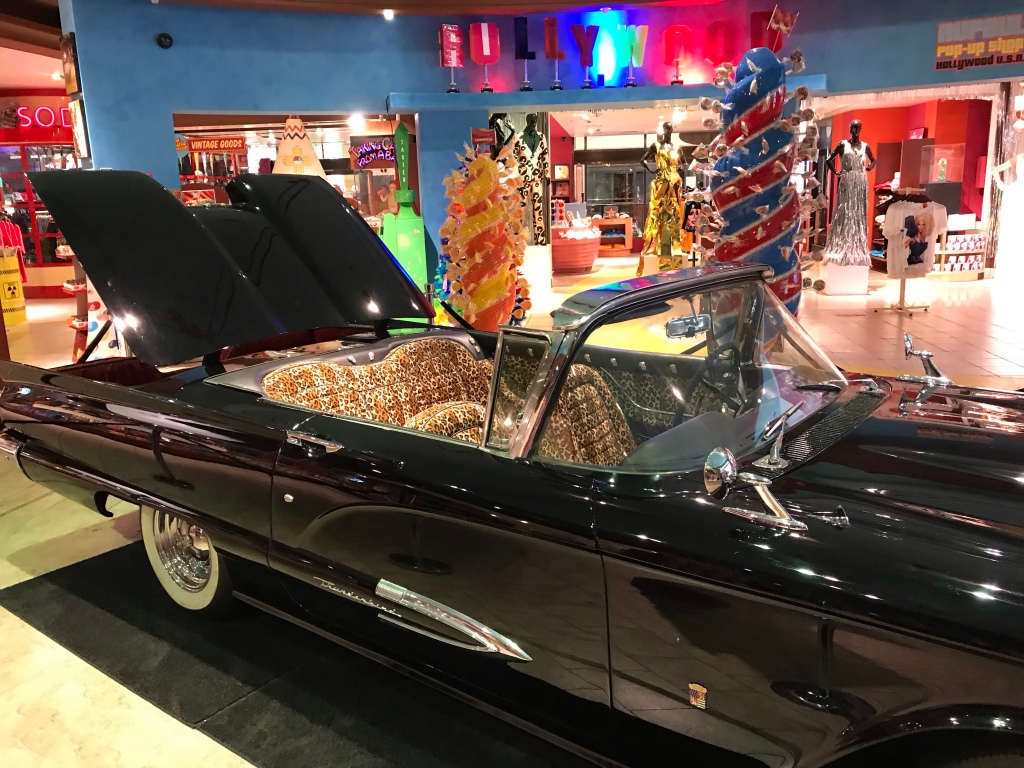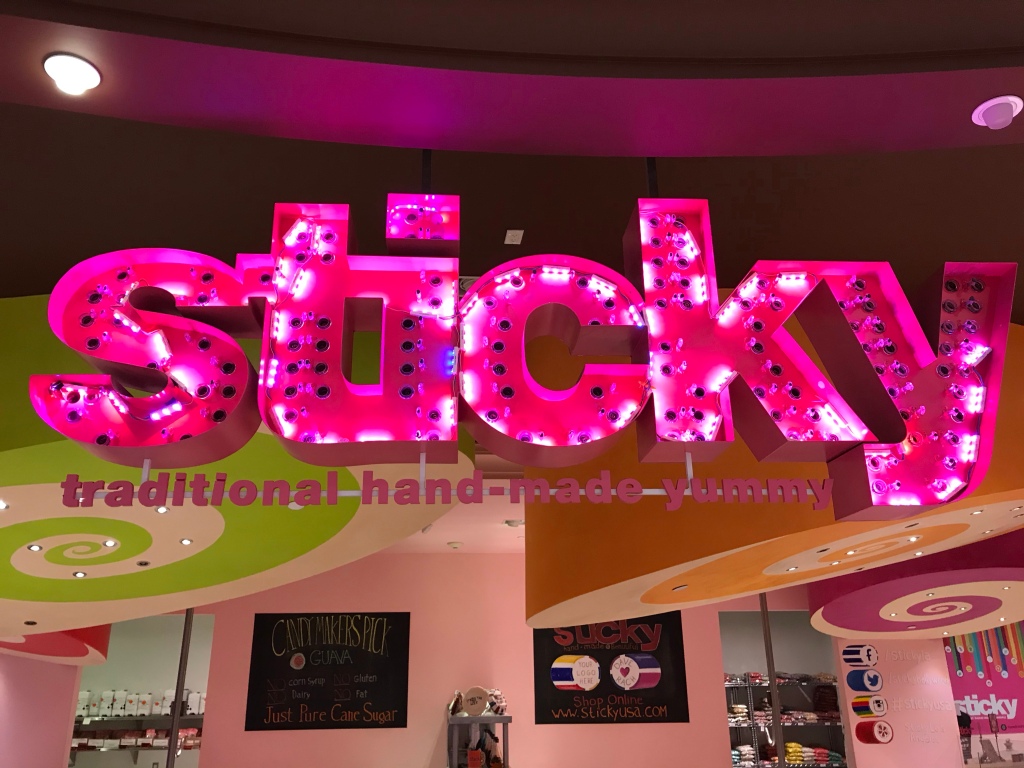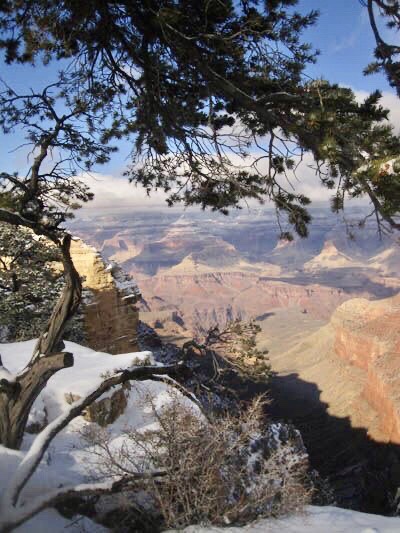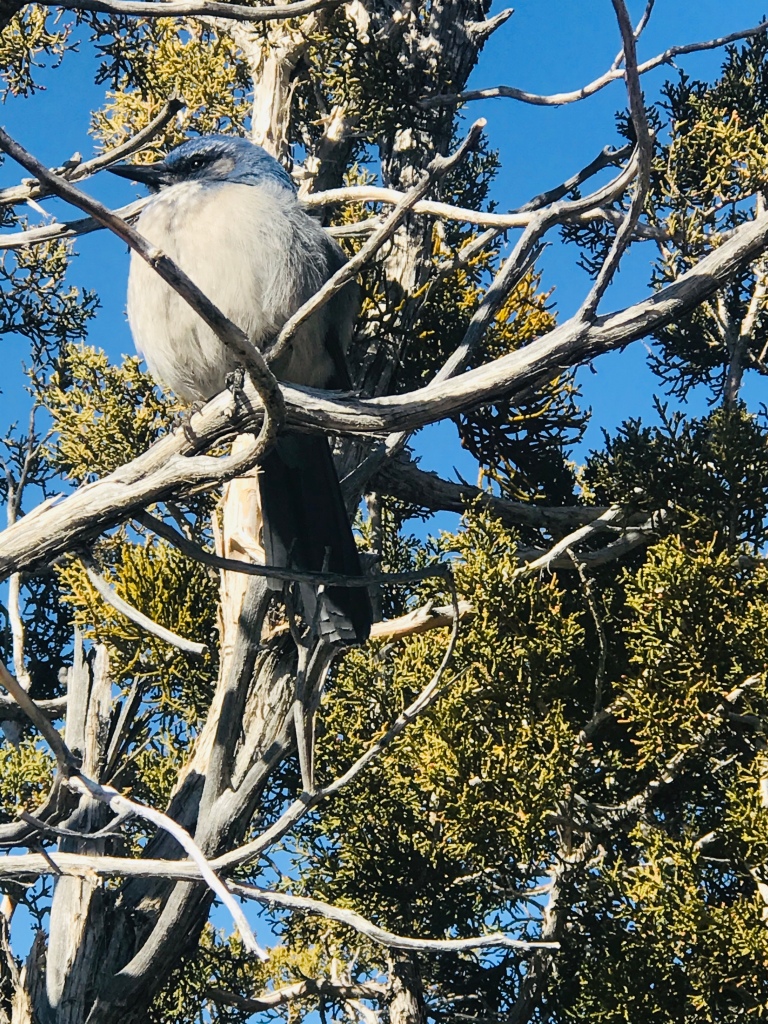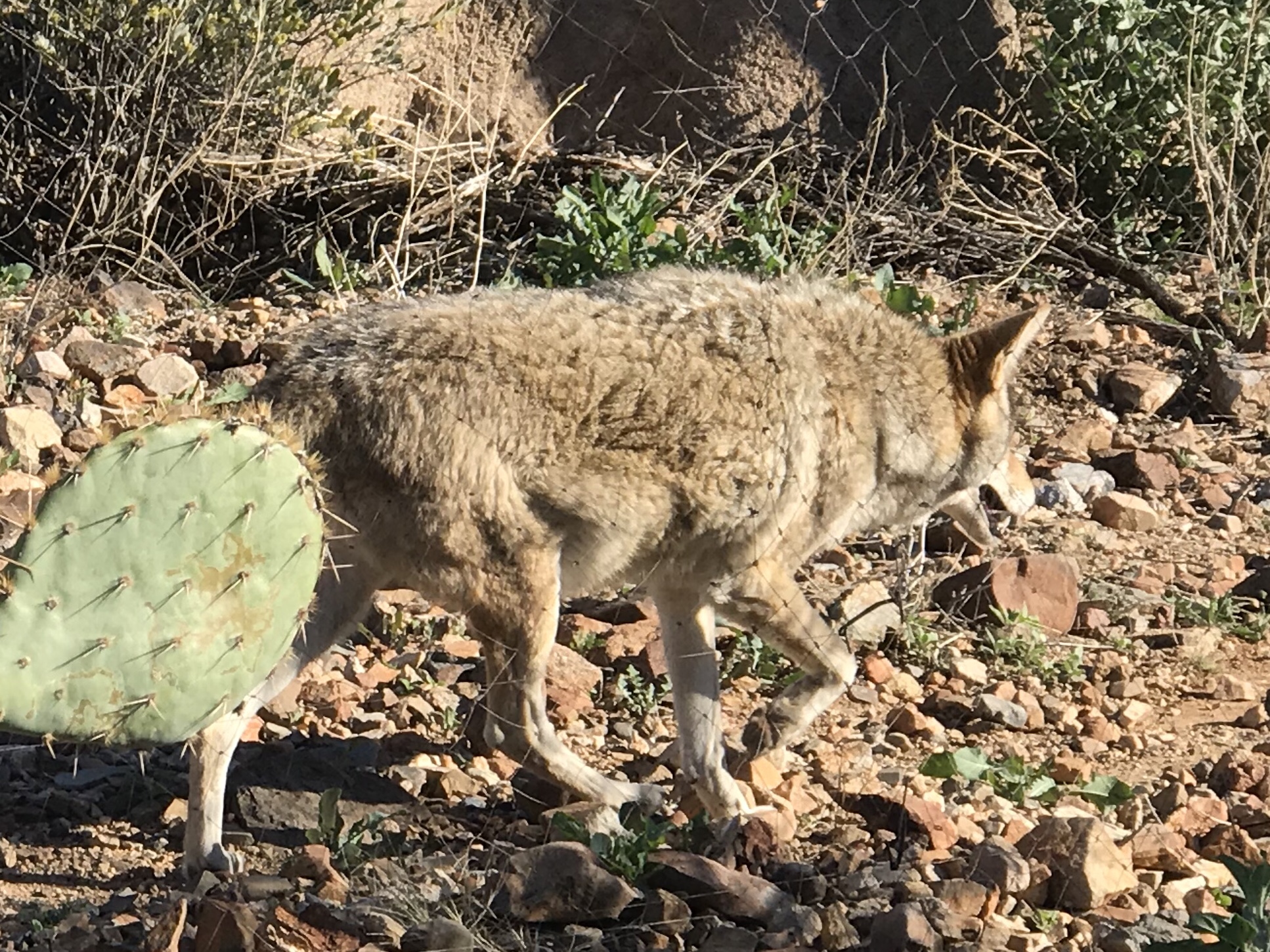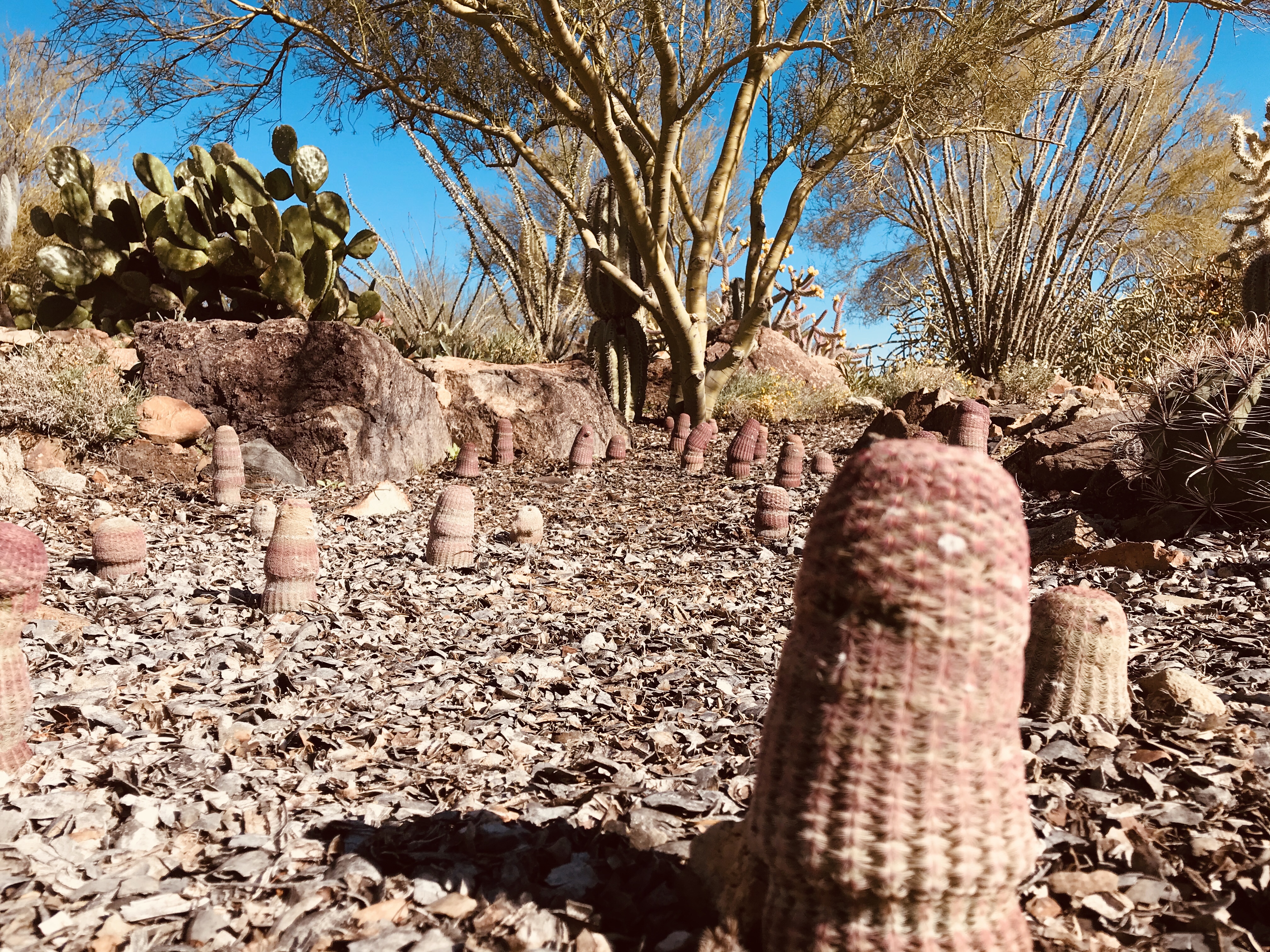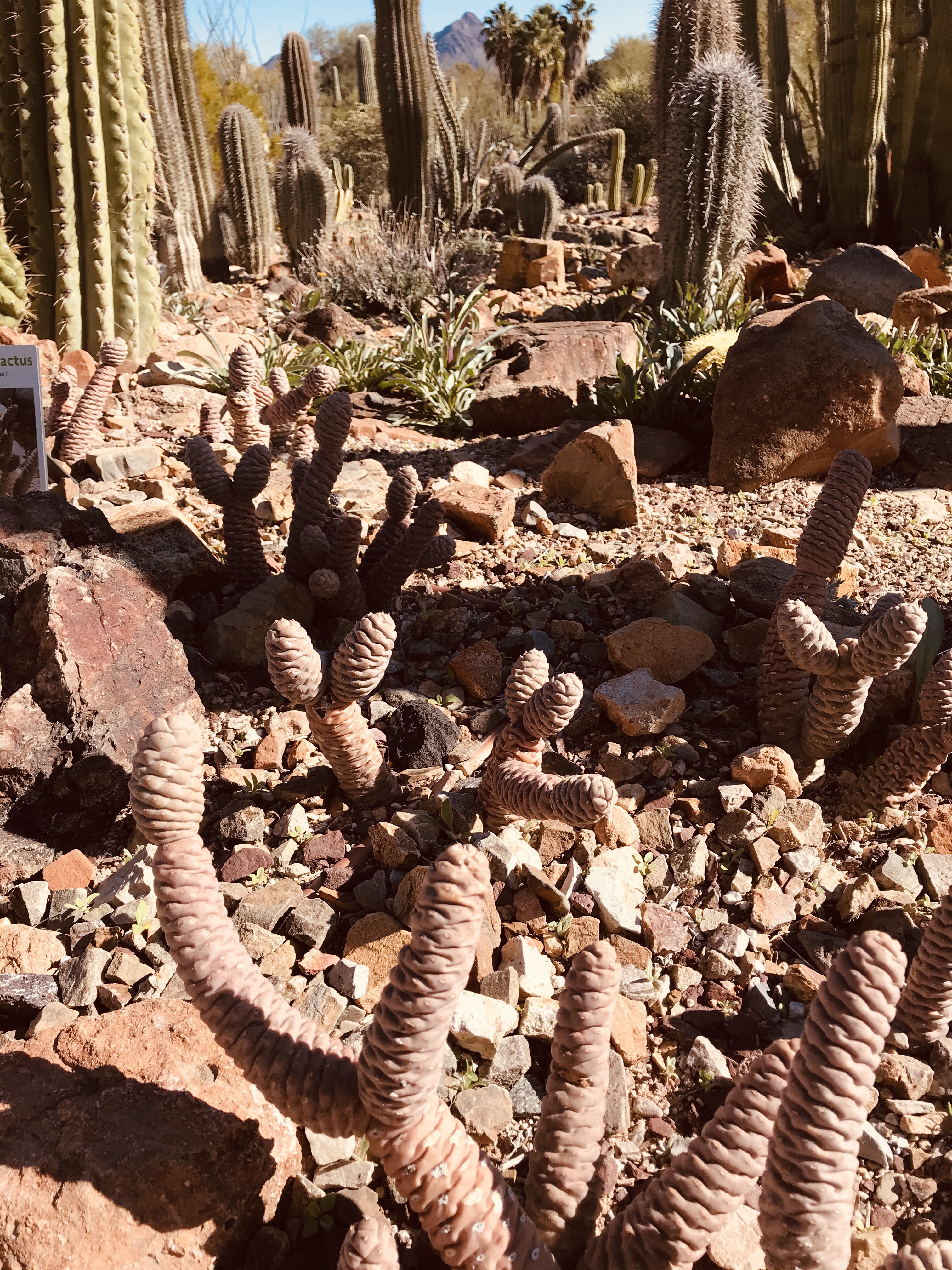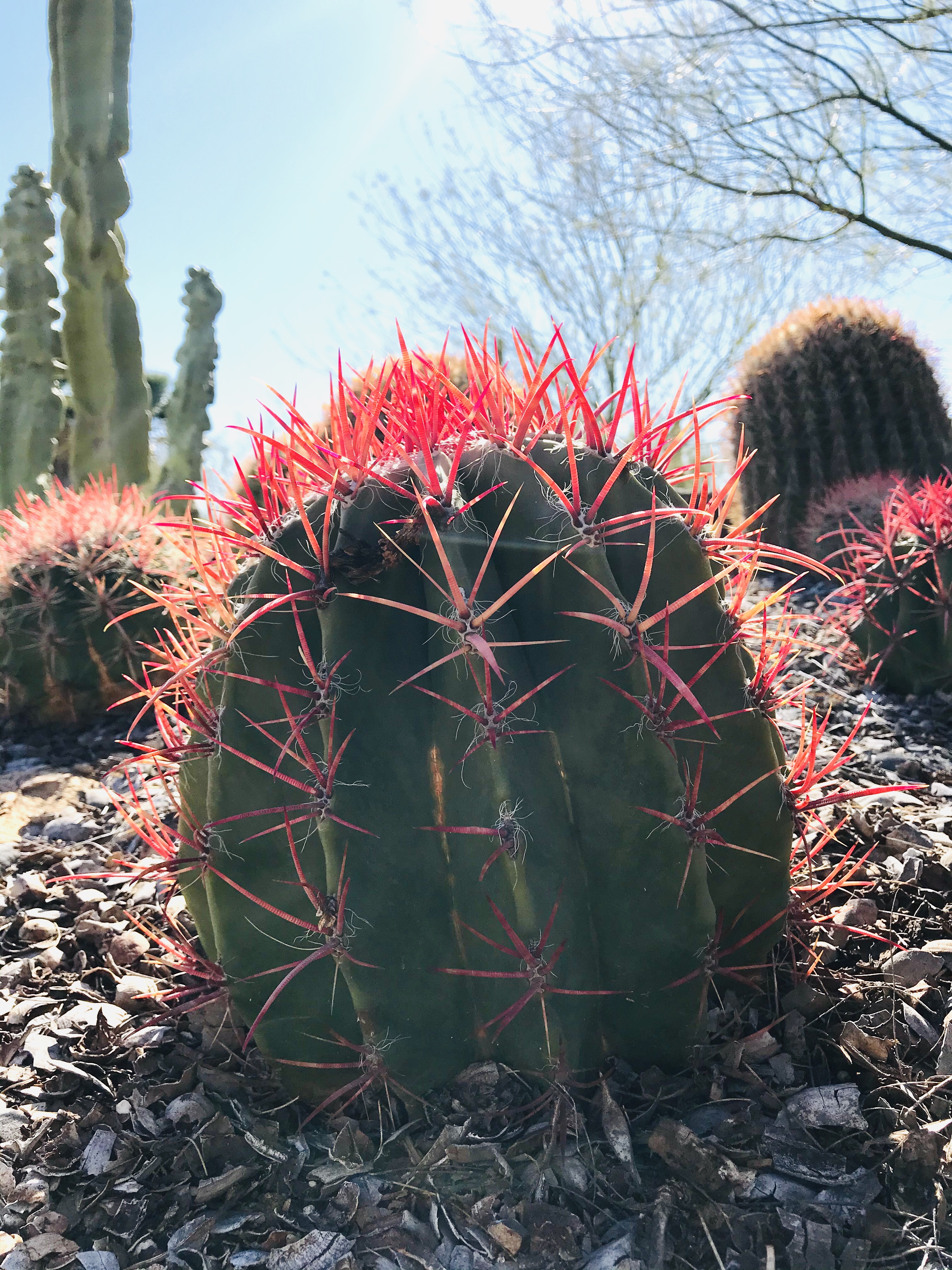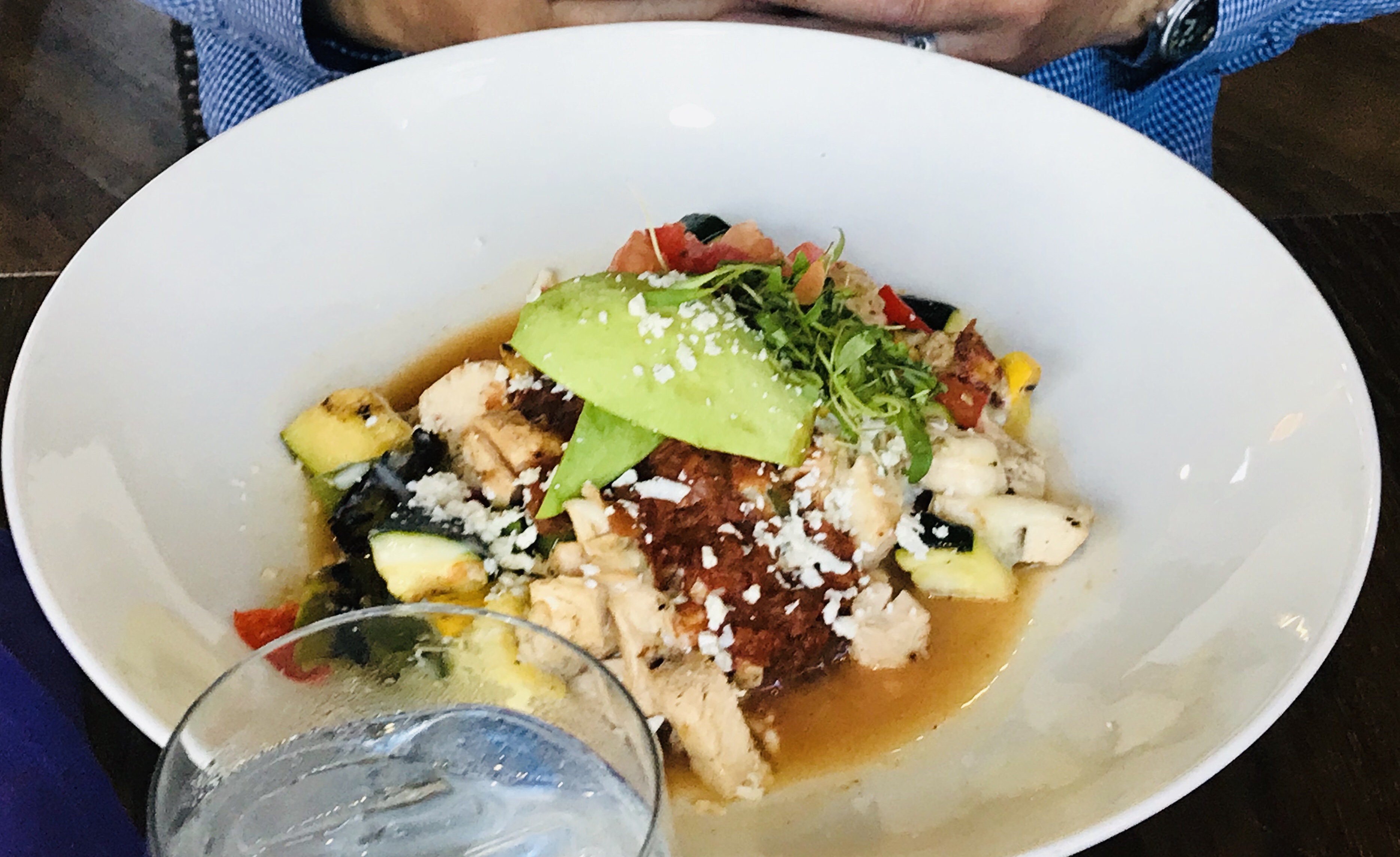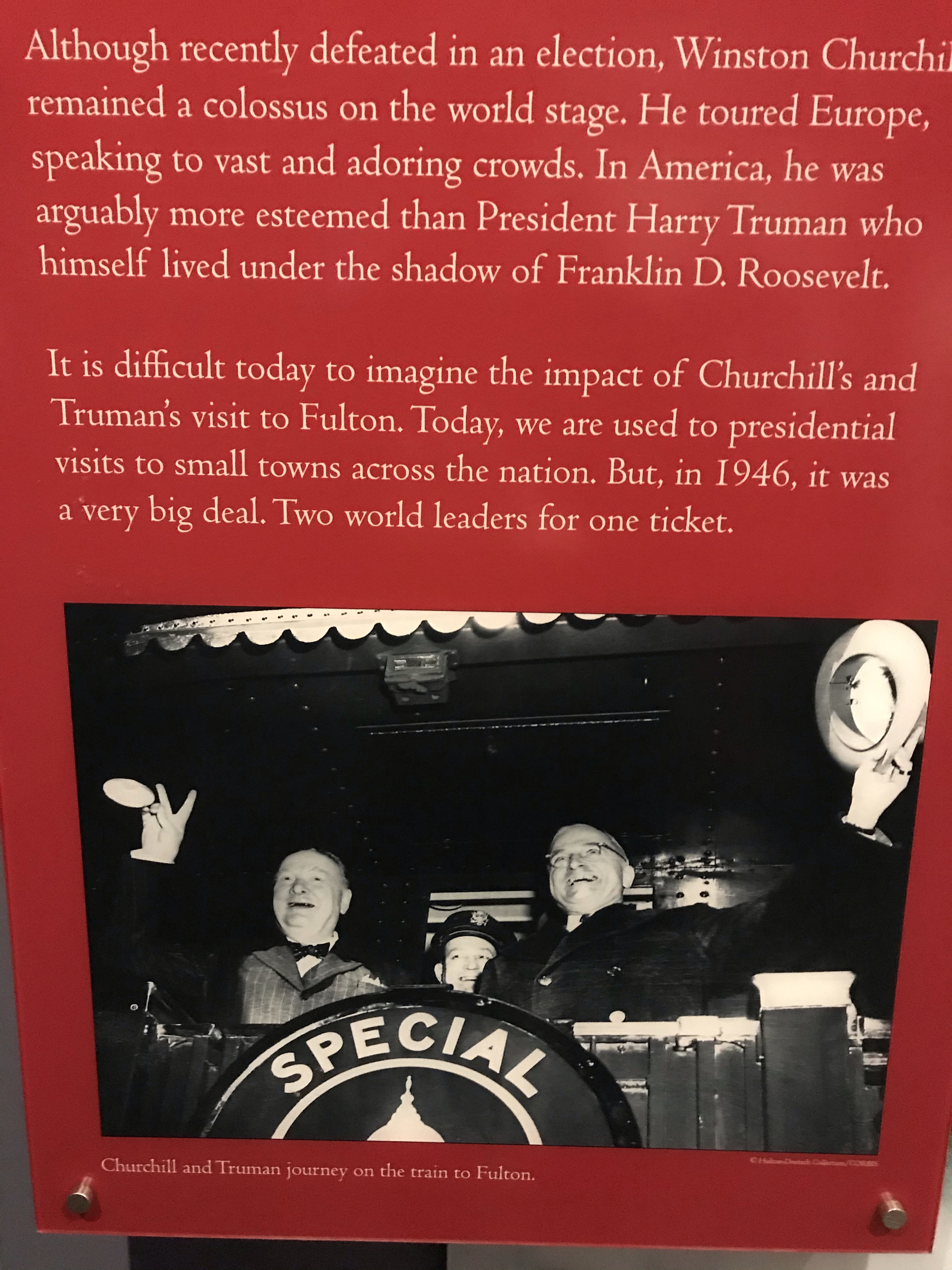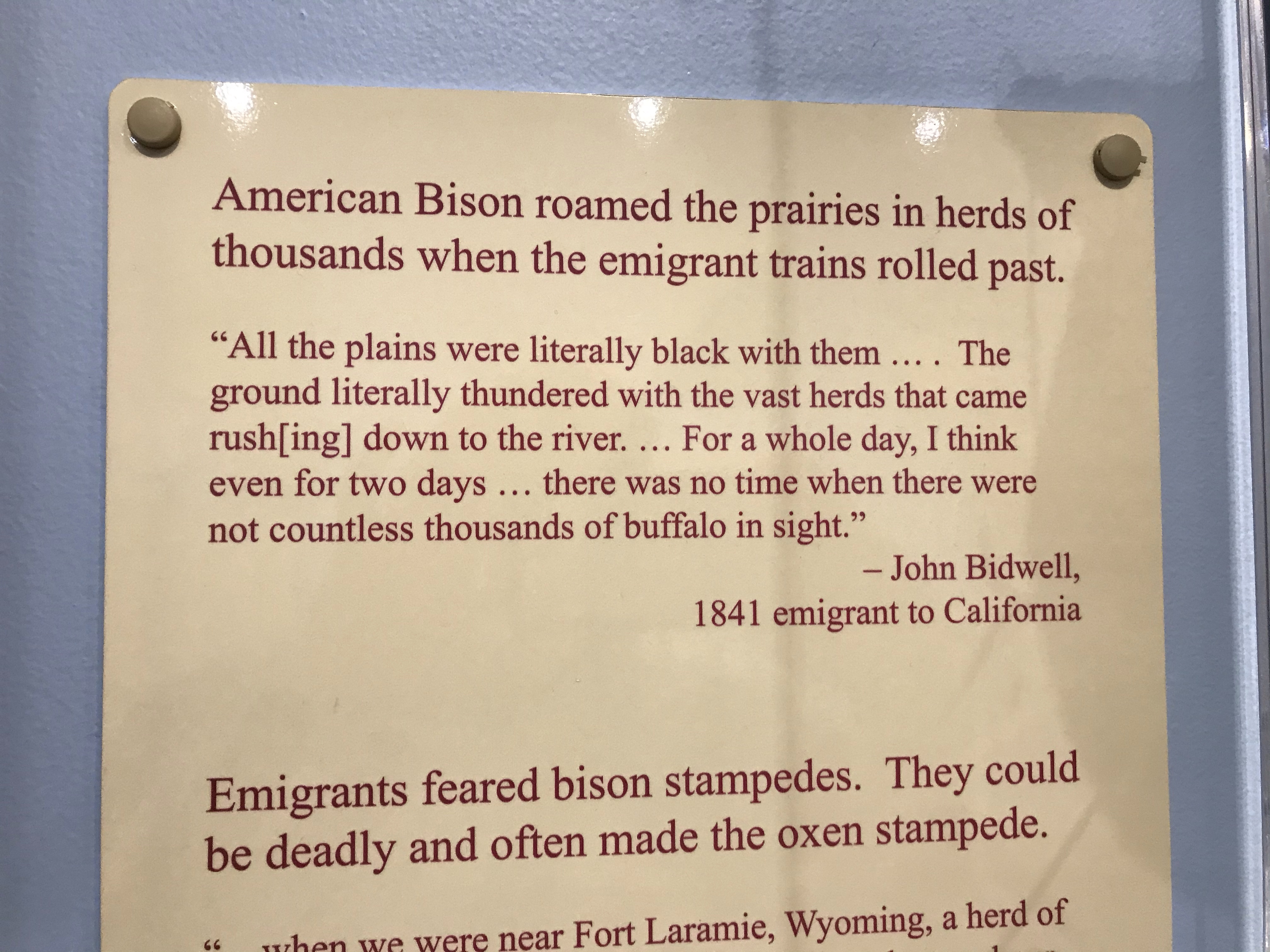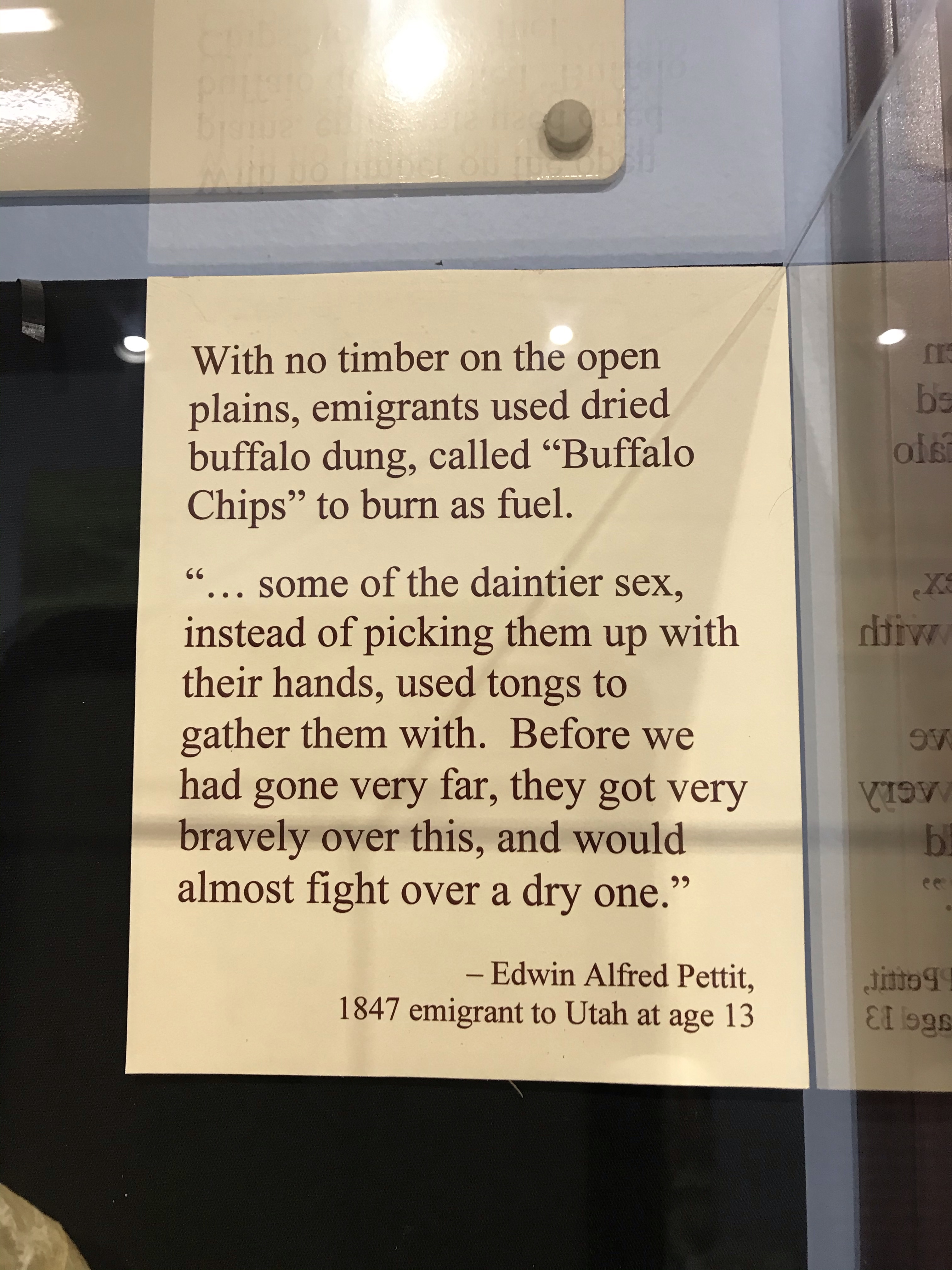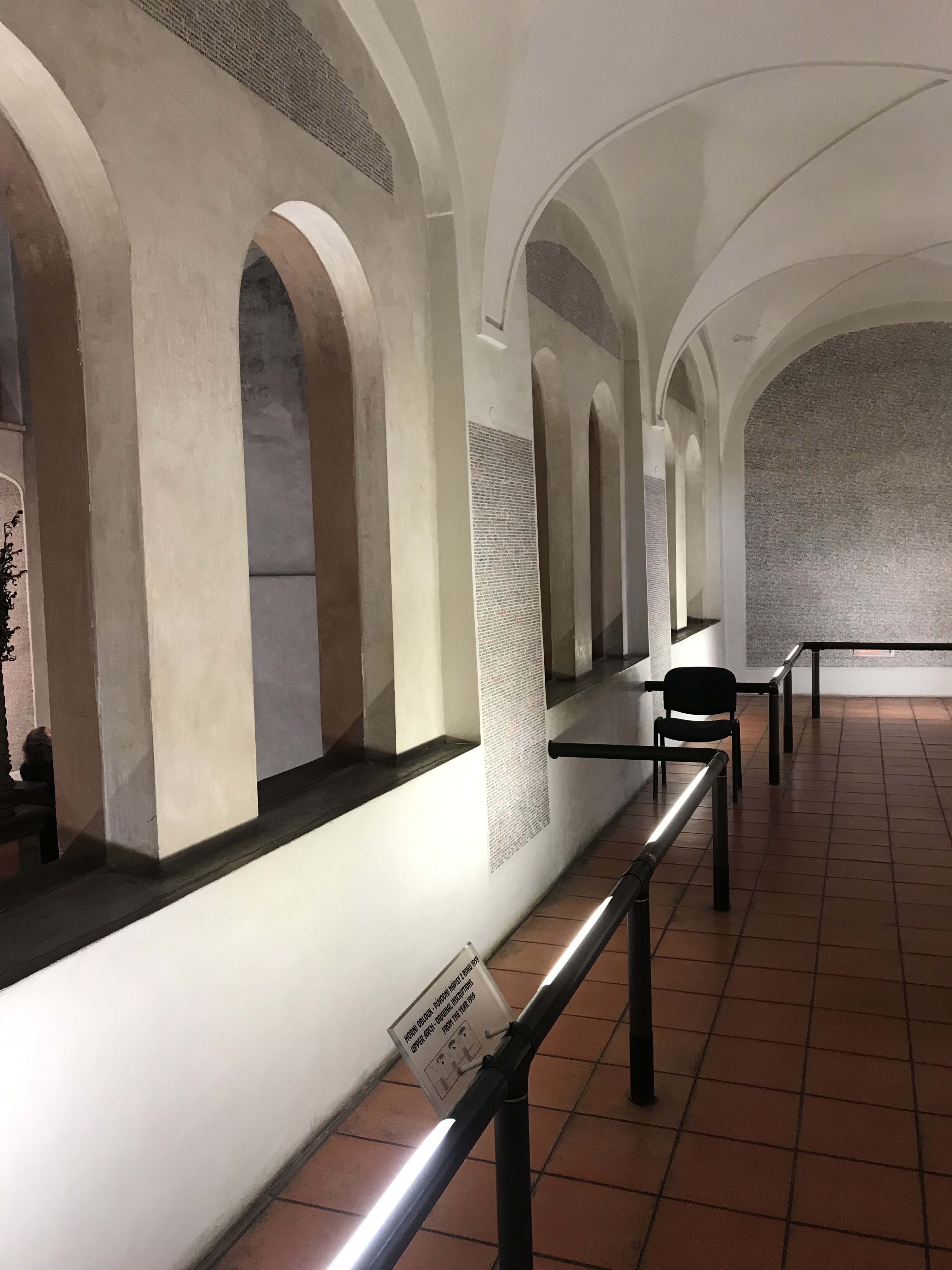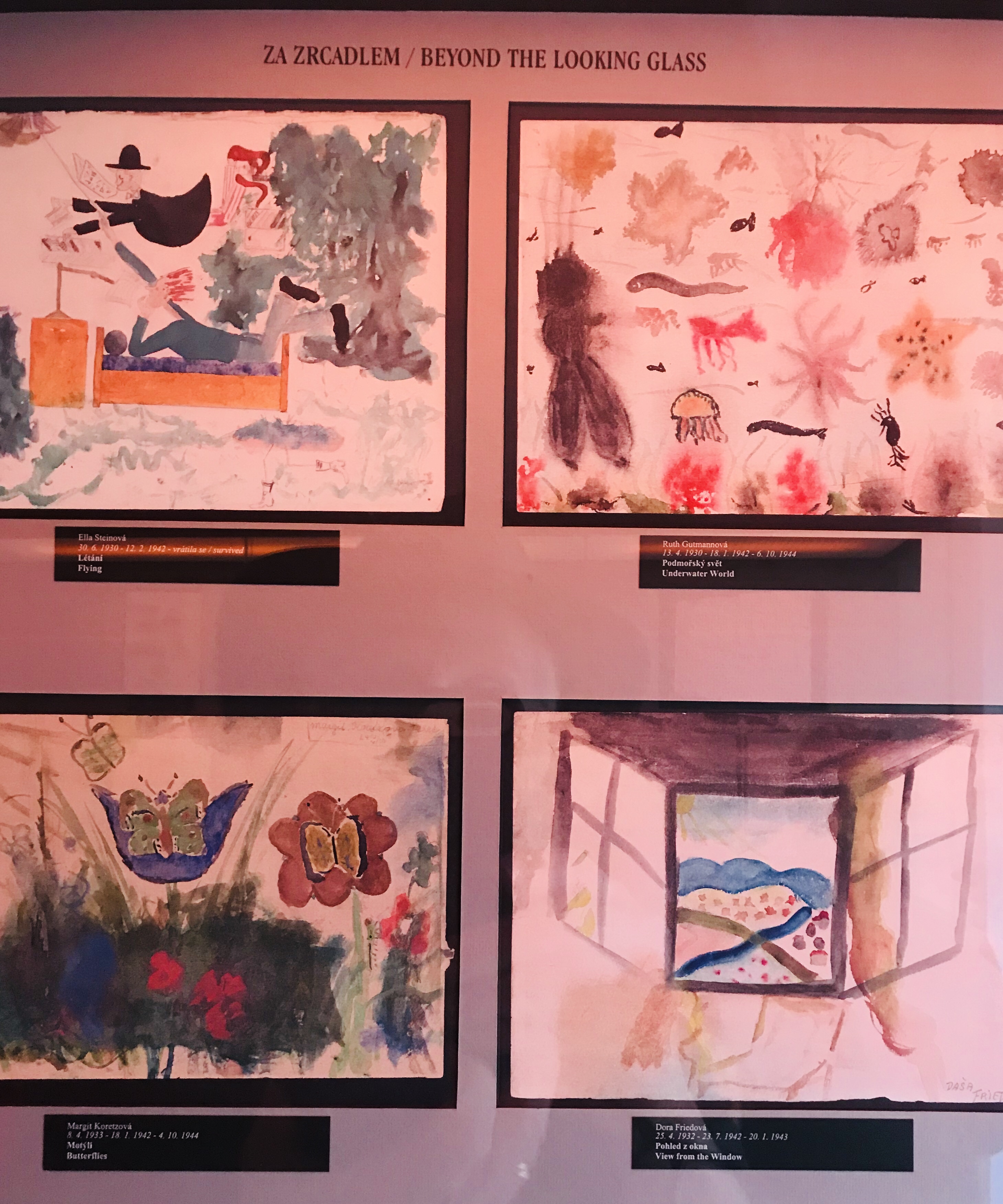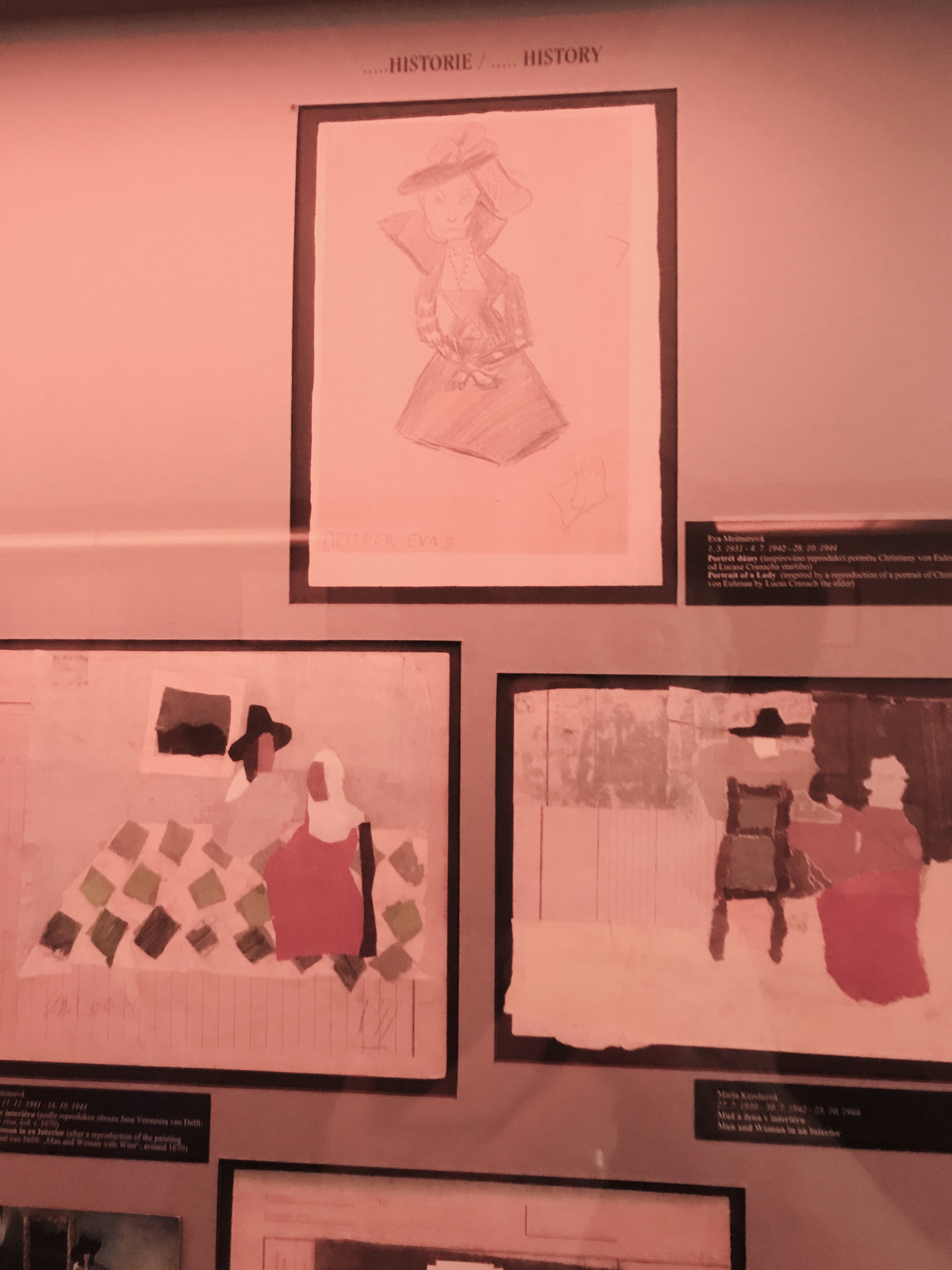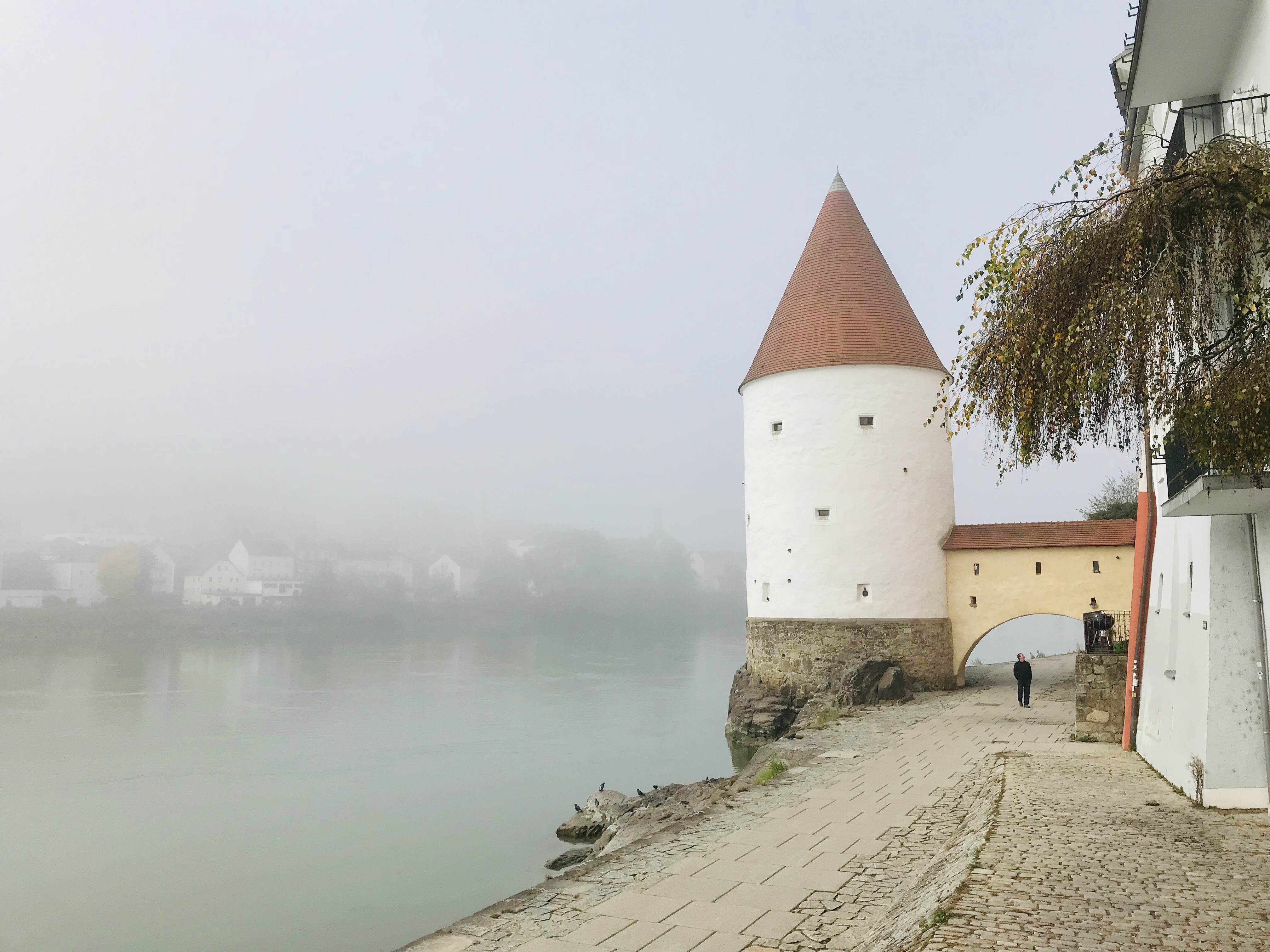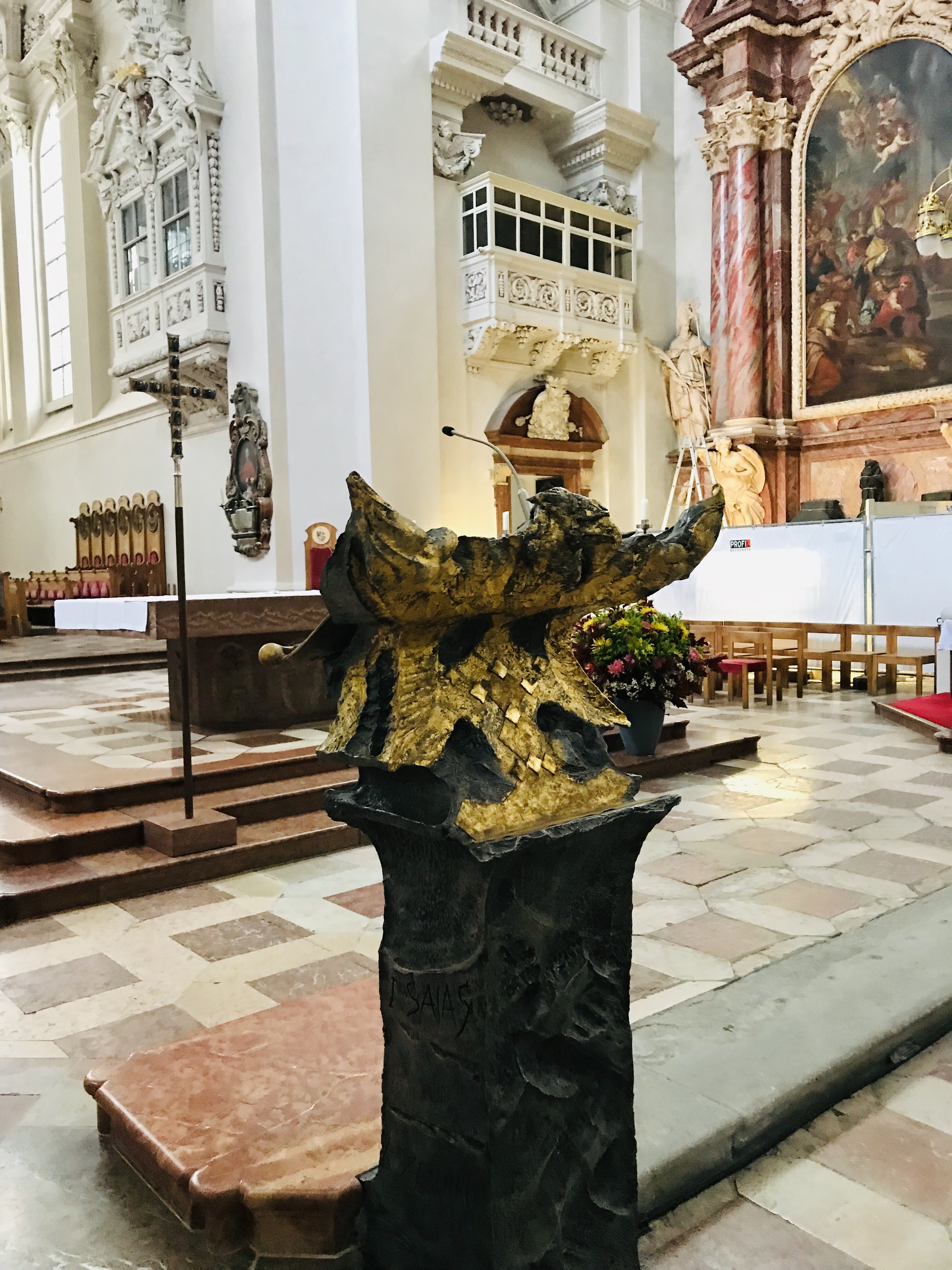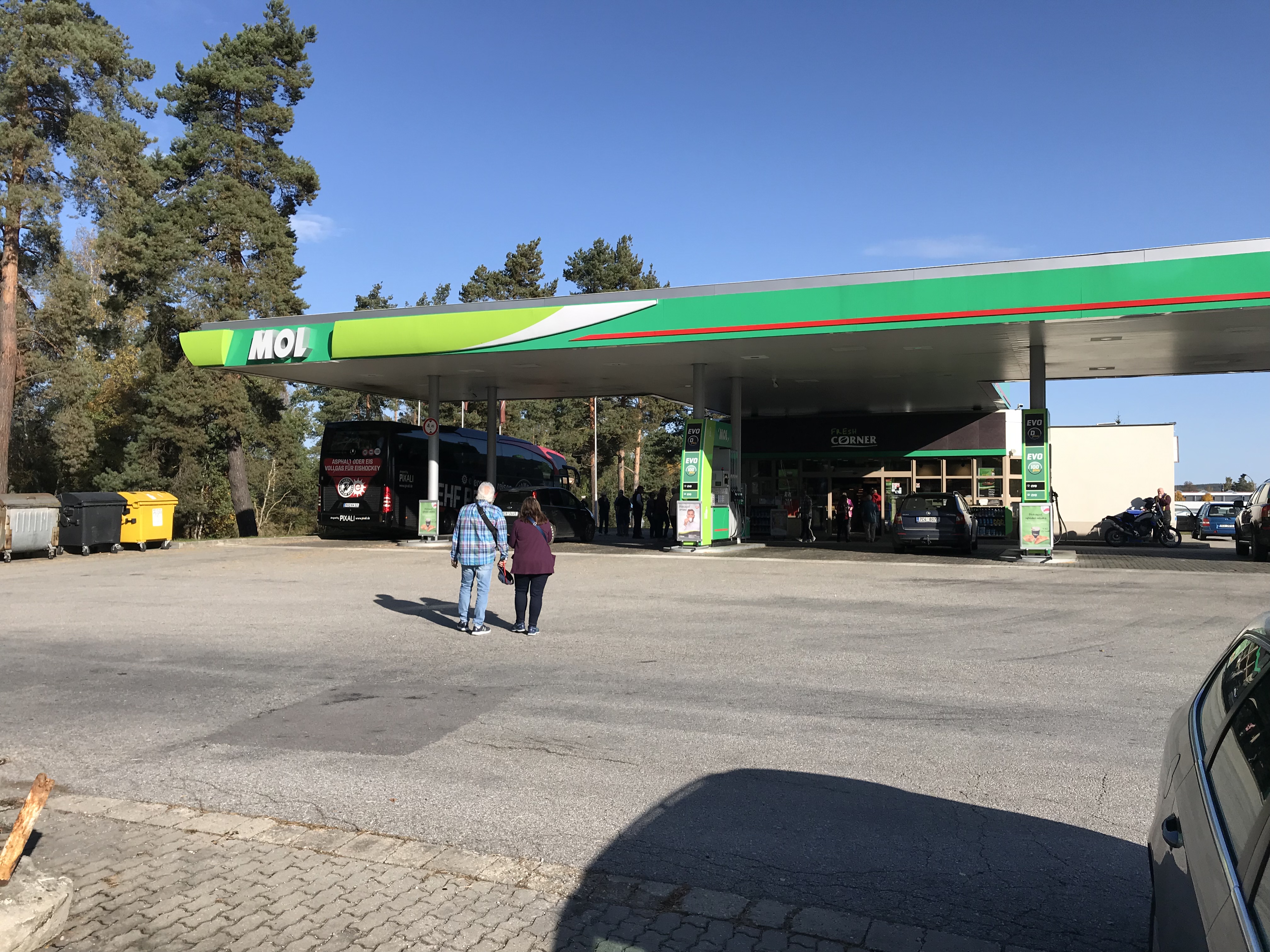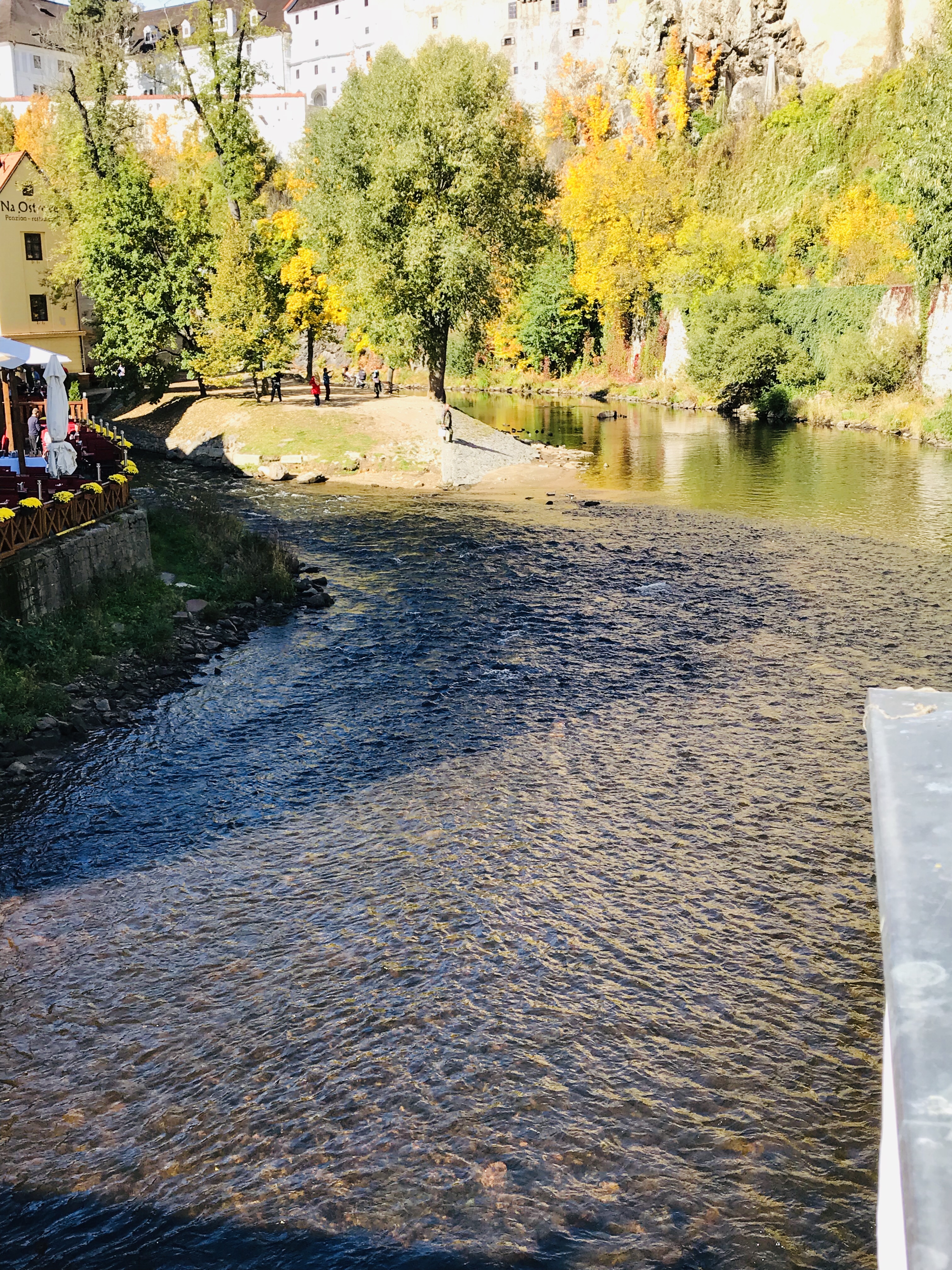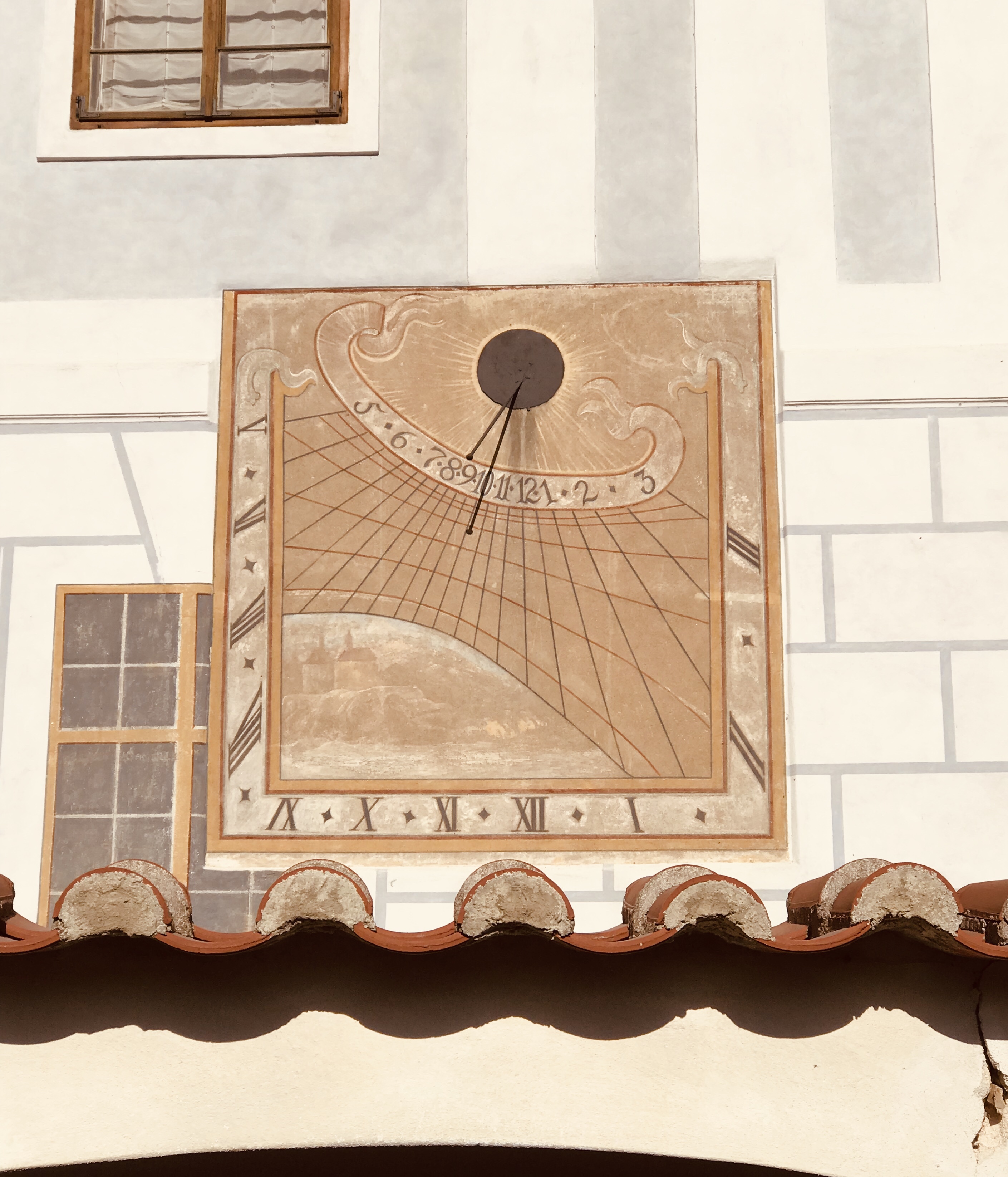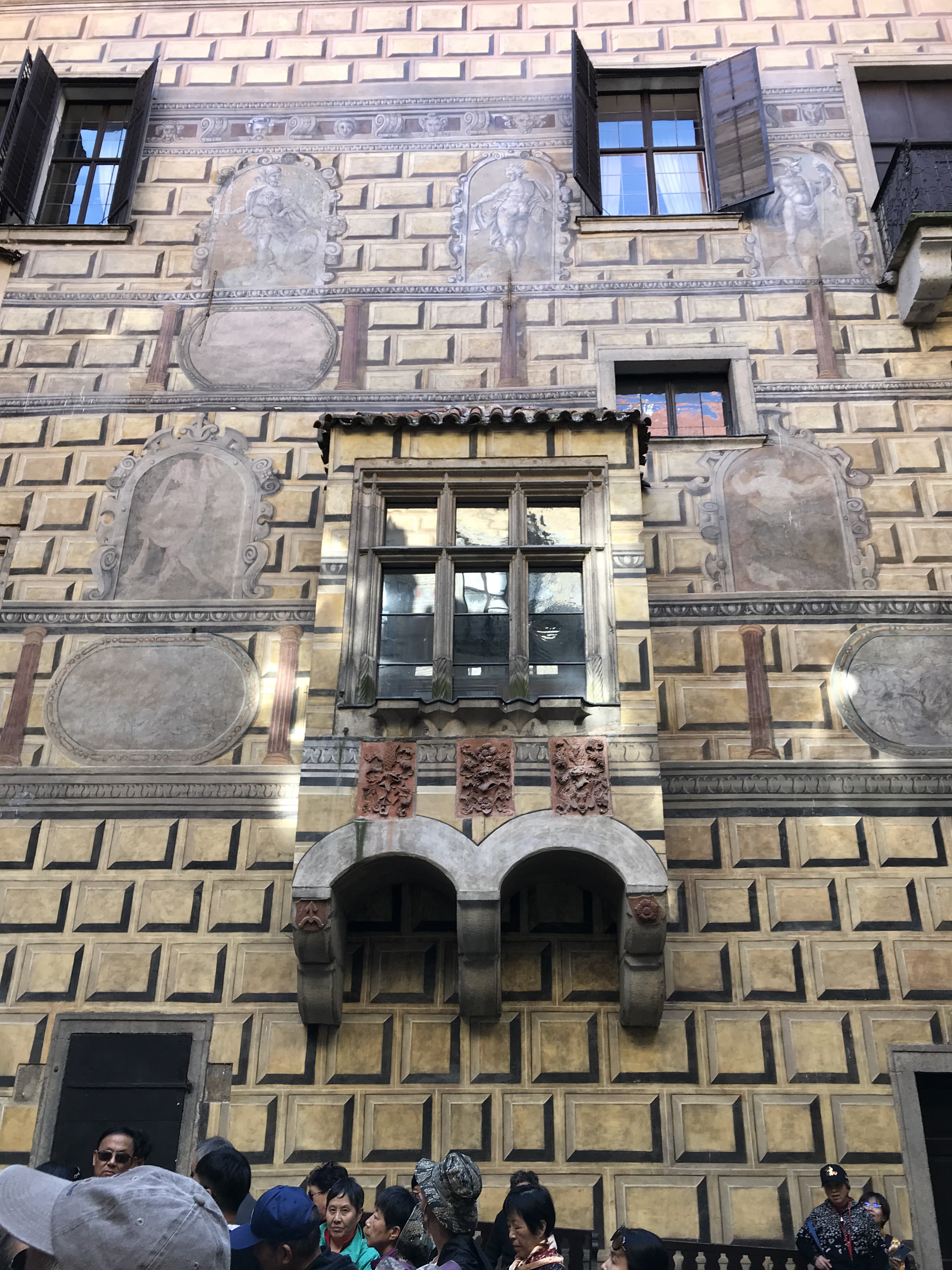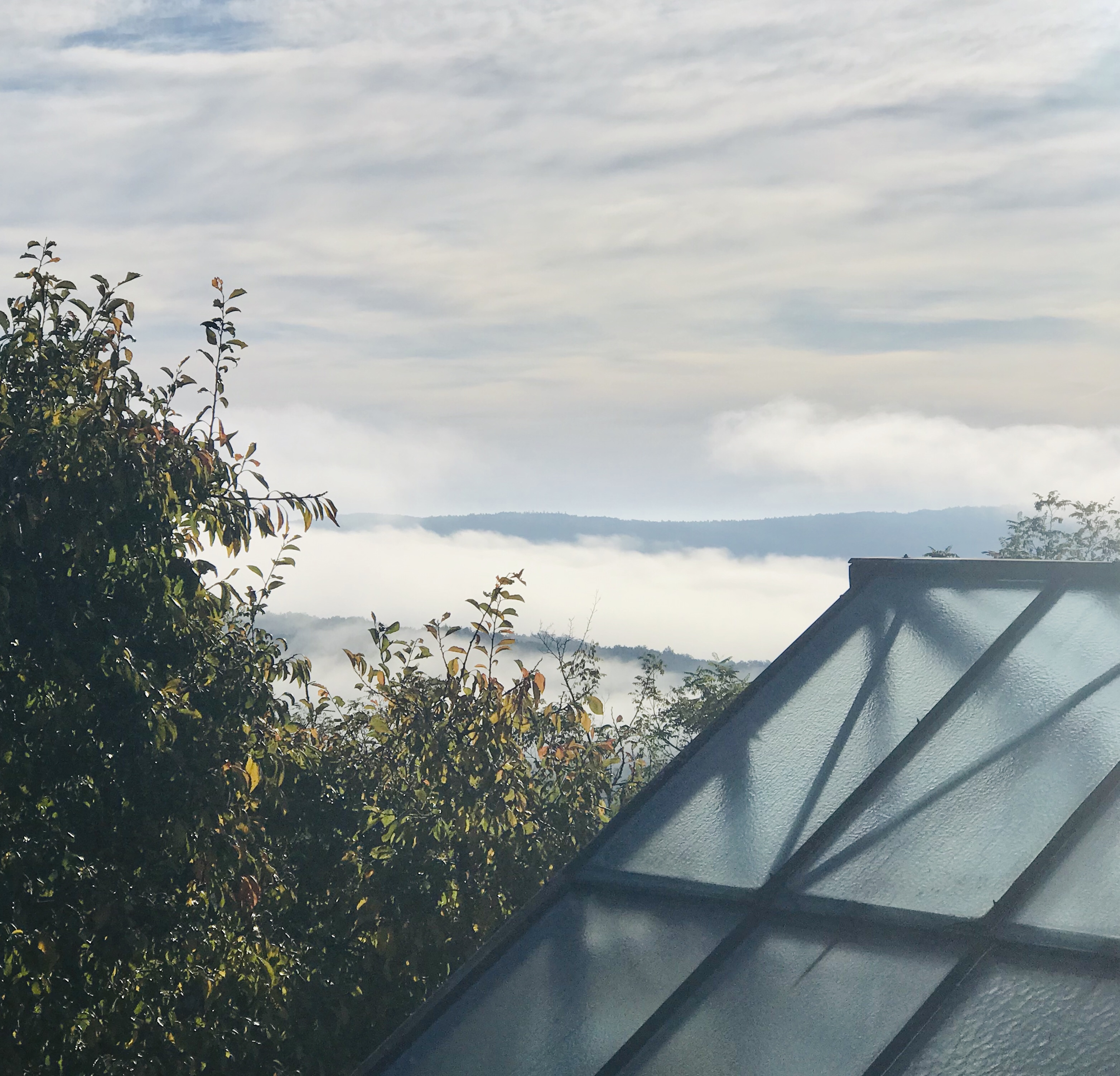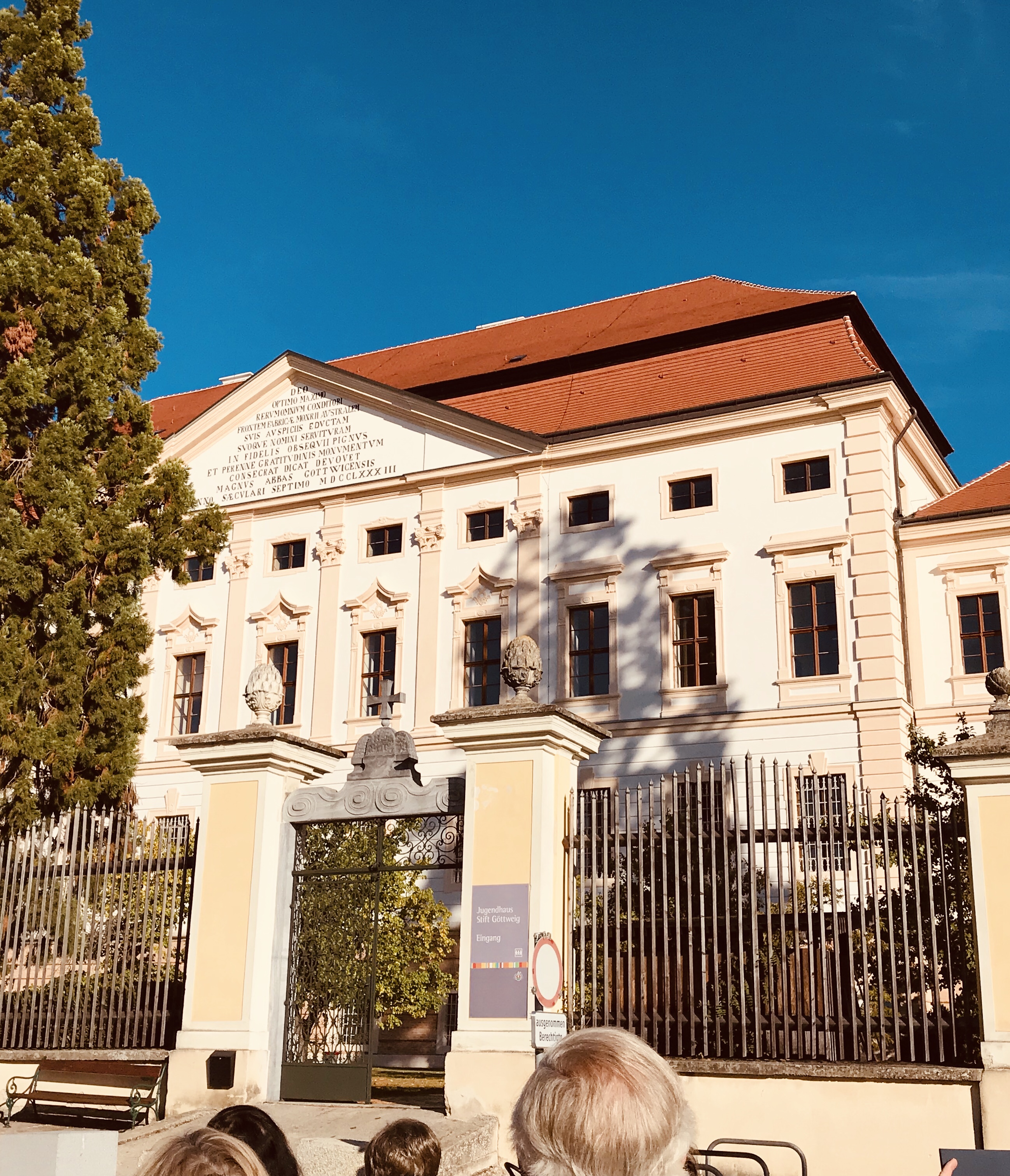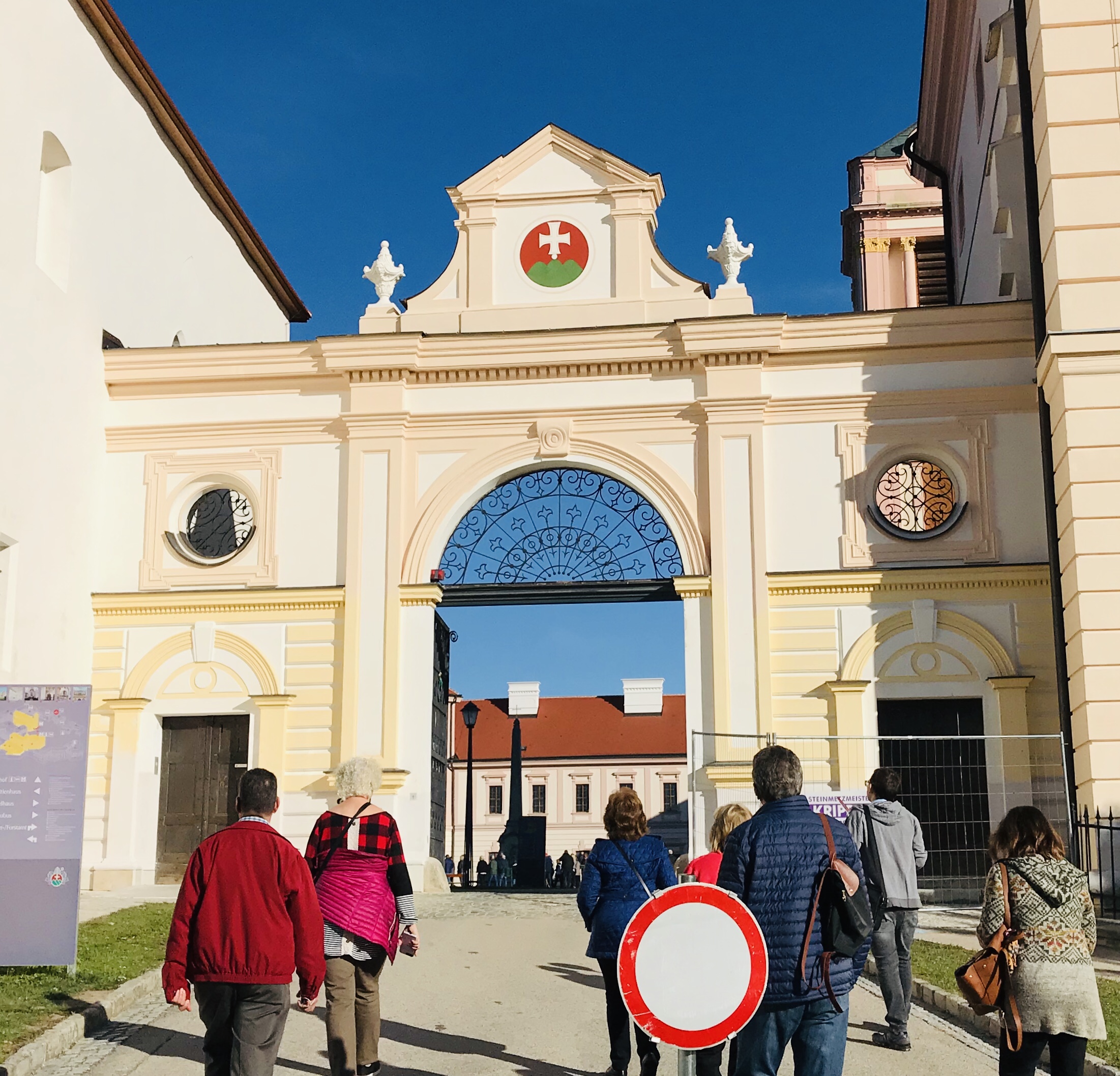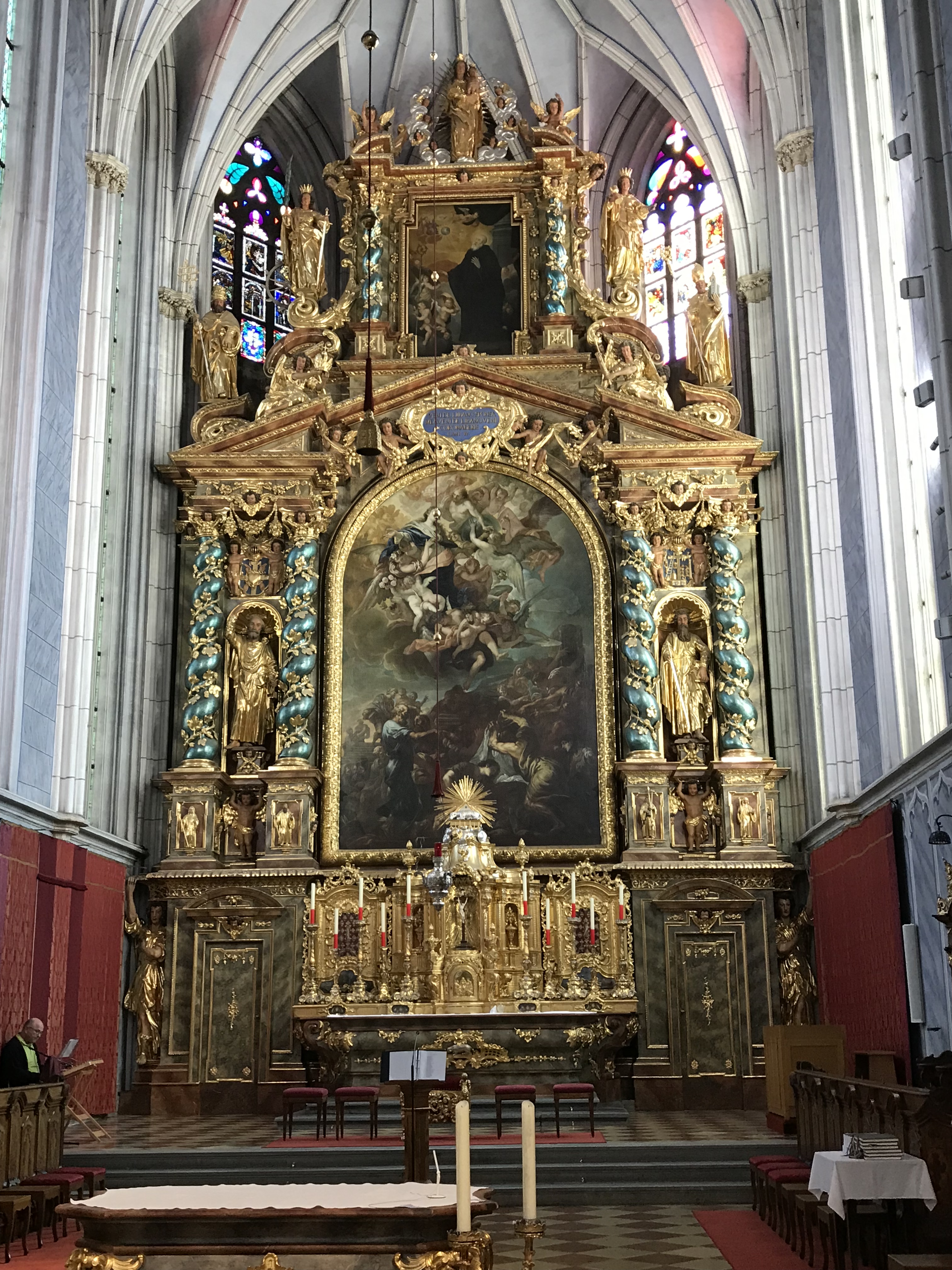I’m convinced that that best way to see Istanbul is with a guide — unless one speaks Turkish. We hired a government approved tourist guide who gave us a seven hour tour around and through the old city section of Istanbul. His name was Cengiz (pronounced Ghengis — really). Cengiz was terrific. He spoke terrific English — he’d lived in the USA for several years prior to losing a business. Well-educated and secular in perspective his opinion was informative.
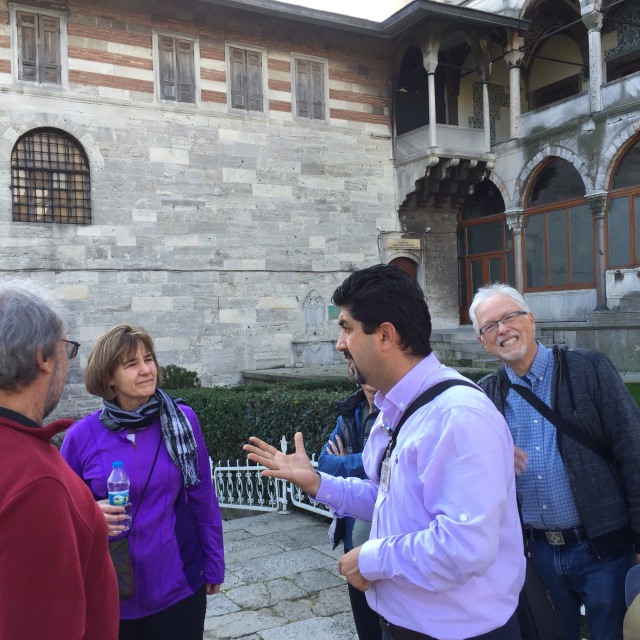
Our tour began with a visit to the Sultan Ahmed (Blue) Mosque built between 1609-1617. Only we Westerners call it Blue because of the blue tiles located throughout the structure. The prayer area is immense — the the main domed ceiling is 141 feet high with a circumference of 75 feet. Entirely carpeted it can hold 10,000 worshipers at a time. Its a beautiful building with 30 separate domes that flow from the top like a tumbling stream of water thus distributing the weight without a lot of columns — 26 is all that hold it up.

One Islamic ritual is washing one’s feet and hands before praying everyday outside the mosque:
Cengiz provided a religious history lesson while we gazed at the strucure. Briefly, Islam, Judaism and Christianity are all cut from the same cloth: all use the Old Testament, Torah and Koran as the source material for their beliefs. Abraham, Jesus and Mohammed are all important figures. Muslims are of two main sects — Shite and Sunni. In many ways their split mirrors that of Catholicism and Lutheranism. Historically, religion has been a major driver for war and destruction, for conquest,”redemption”, for obtaining wealth and power. And so it goes..
This board shows the connection between the three major world religions: starting with Adam and Eve the muslim story mirrors Judaism and Christian beliefs:  Upon leaving the Blue Mosque we entered the site of the hippodrome — if you’ve seen Ben Hur the movie you’ll recall the chariot race (think Charlton Heston in 1959). Its been said that over 25,000 spectators could enjoy the races at any given time — the oringinal site rivaled the Coliseum in Rome. The “citizens”of Rome were able to attend horse and chariot races .This edifice built in 200 A.D. by the Roman Emperor Septimius Severus . Of course, sometimes more important uses came into play like the execution of 20,000+ individuals who supported the wrong regime nearly 1,600 years ago.
Upon leaving the Blue Mosque we entered the site of the hippodrome — if you’ve seen Ben Hur the movie you’ll recall the chariot race (think Charlton Heston in 1959). Its been said that over 25,000 spectators could enjoy the races at any given time — the oringinal site rivaled the Coliseum in Rome. The “citizens”of Rome were able to attend horse and chariot races .This edifice built in 200 A.D. by the Roman Emperor Septimius Severus . Of course, sometimes more important uses came into play like the execution of 20,000+ individuals who supported the wrong regime nearly 1,600 years ago.
Yesterday’s Hippodrome–see the oblesk in the drawing:
This obelisk still stands today– was referenced above:
From the Hippodrome Cengiz to the Hagia Sofia (translation — holy wisdom) Mosque — constructed between 532 and 537. This structure was originally a church built by the Emperor Constantine. However, depending on “who was in charge” its been either a Church or a Mosque since then — now its a museum. Besides being beloved for its architecture in the past 100-years mosaics have drawen interest. These have been found during the many ongoing periods of restoration. These 13th century examples are of Christ flanked Mary his mother and John the Baptist and Christ flanked by Mary and the Emperor Constantinople the first Roman emperor to support Christianity:

 Scaffolding was everywhere as the entire building is being restored. One standout feature is the worship box for the Ottoman Sultan. He used this to pray away from the masses — he was fearful of an assassination attempt — typically a knife in the back. This is filigreed marble:
Scaffolding was everywhere as the entire building is being restored. One standout feature is the worship box for the Ottoman Sultan. He used this to pray away from the masses — he was fearful of an assassination attempt — typically a knife in the back. This is filigreed marble: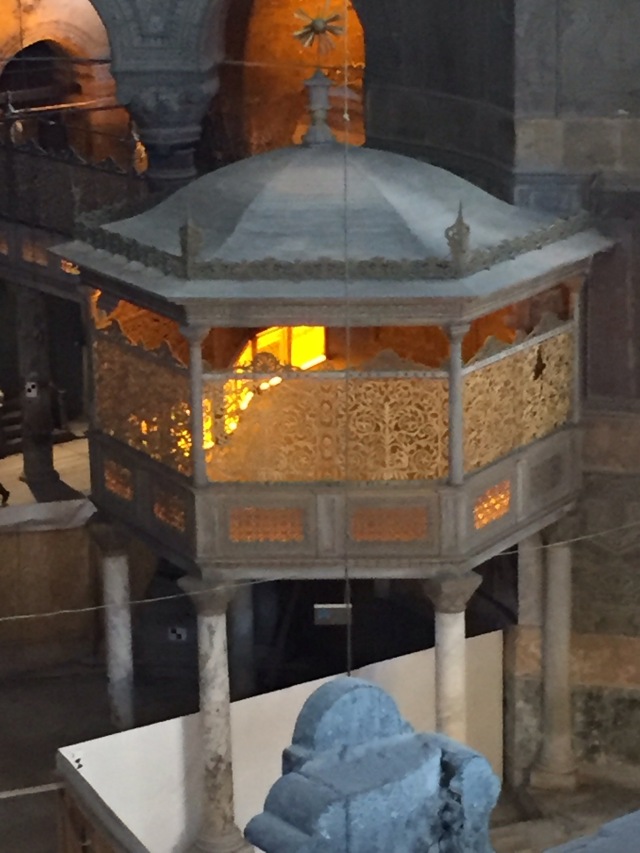 Mosiacs discovered in the Haiga Sofia from its Christian orgins:
Mosiacs discovered in the Haiga Sofia from its Christian orgins:
The Arabic that was written when the church became a mosque.
Picture of Mohamed the Prophet — founder of Islam—notice its words since all photos would be considered idolatrous:

All women must be covered while in a mosque–scarves (robin’s egg blue) are provided–see ladies below:

Later we lunched at the Pudding Cafe for an authentic meal–lamb donar kabobs that were delicious: 
The final historic site we visited was a cistern. There are 500 cisterns scattered beneath Istanbul. Originally built to store the city’s water eventually it evolved into a tourist trap of sorts. Enterprising folks drained most of the water, re-built or replaced the columns that hold up the ceilings and “invited” tourists to visit. It looks spooky with the mood lighting bouncing off the remaining water (2 ft. deep) and the columns. Interestingly, carp can be seen swimming in the water — even a hand-full of goldfish.
See these “spooky” photos — the fish: and especially the floating head:

and the ever spooky floating head (me):
One thing I really like about Turkey is its respect for its past–antiquities are not bulldozed out of existence –rather ruins are salvaged and re-used or left as is:
The day ended with a visit to a rug shop owned by a friend of the guide. At first the visit seemed innocous until the hard sell started — then we ran for our lives– the salesman followed me out of the sop and onto the street. Wow, just got out with my scalp intact –almost purchased a genuine handmade Turkish rug. Still the rug shop was educational I was introduced to the ancient art of rugmaking. Its the cost of the labor that drives the price. The second major factor is the material used to construct the rug — silk, wool or cotton. It can take up to three years to make one rug. The weaver typically works 3-4 hours a day. This is the process–see how a true craftwoman makes a rug one inch at a time:

 The hard sell and the willingness to barter nearly ensnared me — common sense prevailed. See the flying carpet below–he should be selling pizza:
The hard sell and the willingness to barter nearly ensnared me — common sense prevailed. See the flying carpet below–he should be selling pizza:
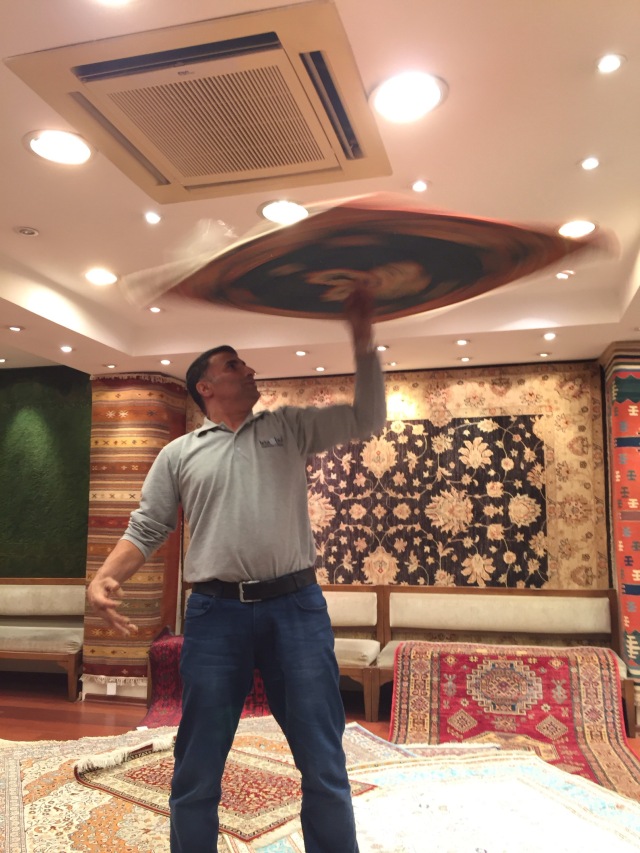 The tour ended in the Instanbul grand Bazaar. This gigantic market is one of he largest in the world. One can purchase a variety of household goods, tools, touristy stuff, clothing, food — spices, teas, etc. The hard sell immediately begins when one approaches any type of shop. Turkish culure requires one to barter which for some can be half the fun:
The tour ended in the Instanbul grand Bazaar. This gigantic market is one of he largest in the world. One can purchase a variety of household goods, tools, touristy stuff, clothing, food — spices, teas, etc. The hard sell immediately begins when one approaches any type of shop. Turkish culure requires one to barter which for some can be half the fun:
Finally the sun began to set and this eye opening day was drawing to close. We were all exhausted and ready to head to our next destination. We said our goodbyes and wished Cengis well — he was returning to America in January — he and his wife had recently obtained US Green Cards . This time he would have a green card and a job in a rug store in Sherman Oaks, CA. He was looking forward to leaving Turkey–and sanguine at the same time.
Soon we hailed a cab and headed to our next destination.
Whew, I’m tired!





